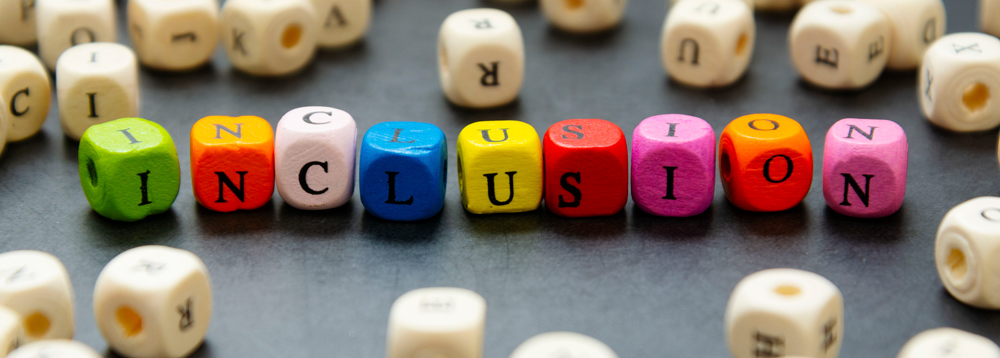“Education continues to be one of our most powerful tools for countering hate and for promoting understanding and tolerance,” Thurmond said during a press conference announcing new educator training grants, partnerships with community leaders and virtual classroom sessions.
The California Department of Education will award up to $200,000 in mini-grants to local educational agencies to support educator training in anti-racism and bias, Thurmond said. The application due date for the first round of grants has closed and the second window has not yet been announced. On Nov. 5, Thurmond announced that, out of more than 300 applicants for the first round of mini-grants, nine school districts and one charter school were selected to receive funding for their proposals. (See the winners at https://bit.ly/2U7xwXC.).
As part of the initiative, a series of virtual classroom sessions in October aimed to engage students, educators and families in a wide-ranging dialogue about the many forms of bias young people across California face. Additionally, Thurmond said he would convene a public roundtable discussion among leaders from prominent racial and social justice organizations, educators and state lawmakers to brainstorm additional ideas for ways that schools can influence the change necessary to ensure a physically and emotionally safe learning environment that is inclusive for all students.

“I know it’s almost cliched to say, but schools are microcosms of society,” Jordan Starck, a graduate student pursuing a joint PhD in psychology and social policy at Princeton University, and co-author of the study “Teachers Are People Too,” said in a separate interview. That study found that, despite the fact that many teachers are dedicated to providing safe, equitable learning environments for all children, they hold racial biases at the same rate as Americans in any other sector.
“Being a part of a society that has the structural inequalities embedded within it affects your cognition, no matter how great a person you are,” Starck said. “Now when you’re tired and you’re grading your hundredth paper, the stereotypes that you have access to as a member of our society then influence the way that you operate.”
Research has long shown that teachers’ implicit biases are associated with lower expectations of students and worse instructional quality or pedagogical choices that negatively impact the academic achievement of students of color — even among educators who are not overtly racist. Studies also suggest bias contributes to the long-documented disparities in how students of color and those with disabilities are disciplined.
While the idea of responding to widespread implicit bias in schools through professional development opportunities is a popular one, experts caution that relying on such training alone is not enough, Starck said.
“These trainings can have unintended consequences, and there’s actually very little good data that they’re causing much good, which is surprising,” he explained. Rather, bias training on its own can further contribute to stereotyping and can make people overly confident that they have solved the problem of racism in their classrooms.
That doesn’t mean anti-bias training is bad, however. It just needs to be utilized as one of many tools in the toolbox instead of the only tool. “We have to change the paradigm of what the training is, and also pair that with larger structural changes both in the schools and in our society,” Starck said.
That is what the CDE’s Education to End Hate initiative is seeking to do — examine the problem through many angles (teacher development, dialogue around biases in virtual classroom series, involving lawmakers and advocates to work together toward equity).
“It’s time to double down on our efforts to combat all forms of hate, bias and bigotry,” said Thurmond in a statement announcing the initiative. “By digging deeper into the complexities of our diverse and difficult histories — not denying or ignoring them — I believe education can provide the pathway to healing, understanding, and racial and social justice.”
If you have any questions regarding the mini-grant proposal, email edtoendhate@cde.ca.gov.